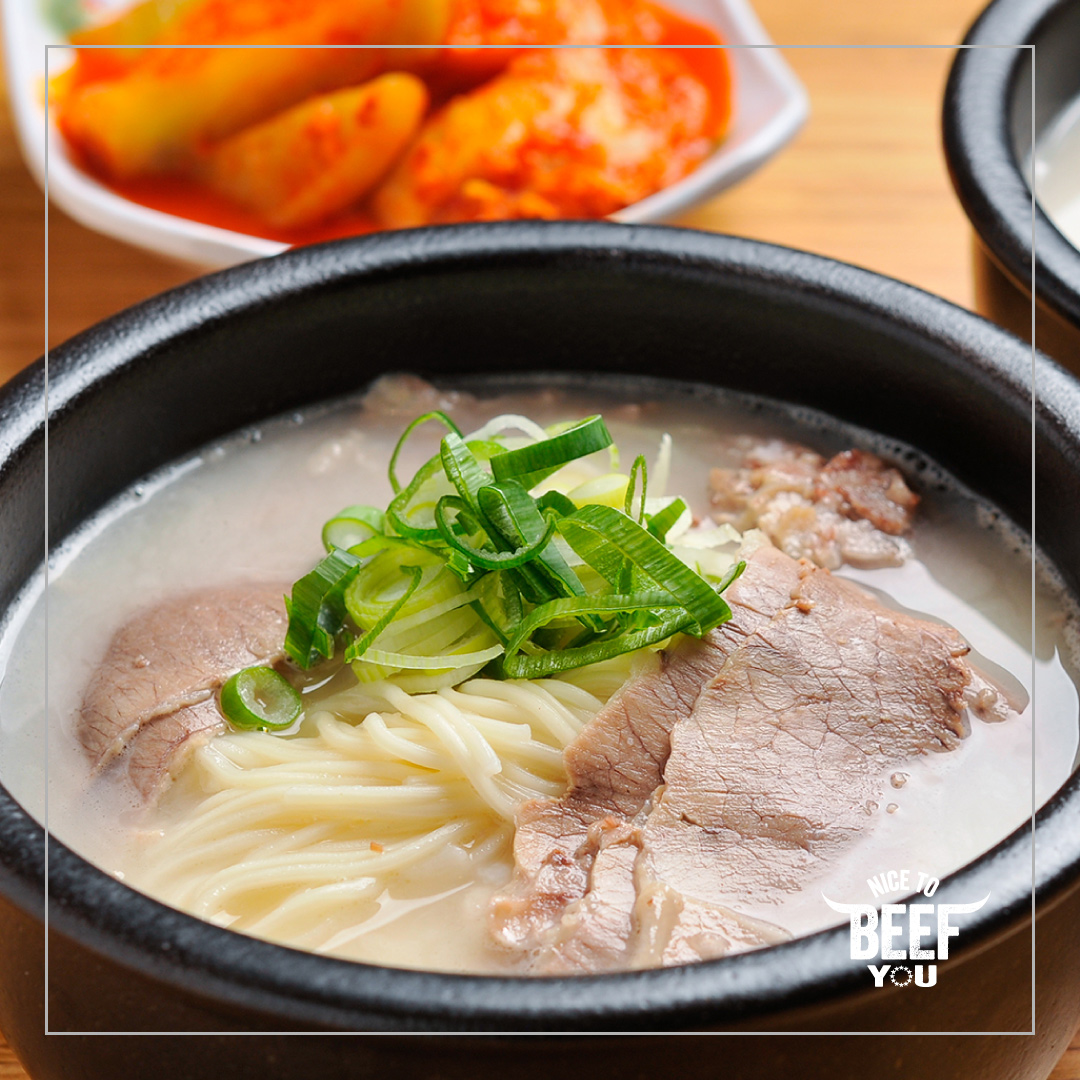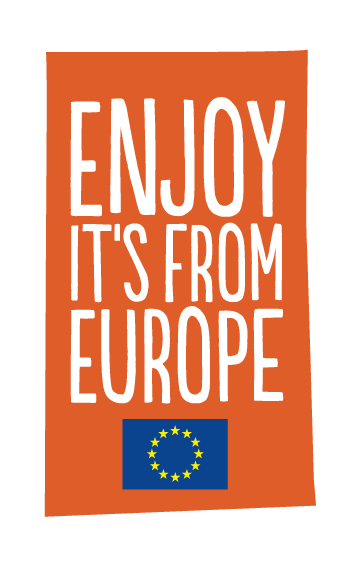Traditional Korean Recipe for Lunar New Year – Seolleong-tang

Ingredients
-
1kg of beef bones
-
1kg of beef shank
-
600g of beef brisket
-
1 bunch of scallions (100g)
-
6 cloves of garlic (30g)
-
1 piece of ginger (30g)
-
2 tablespoons of clear soup soy sauce
-
Pepper
-
Salt
Elaboration
-
Rinse the beef bones and shank thoroughly, then place them in a large bowl with water. Let them soak for a day to remove blood. Change the water occasionally until no more blood comes out, then rinse again under running water and drain using a sieve.
-
Soak the beef brisket in water for about an hour to remove blood.
-
While removing the blood from the brisket, in a large pot, add enough water to cover the beef bones and shank. Bring to a boil over high heat. Once boiling, add the bones and shank together and parboil for 20 minutes. Rinse under cold running water to remove impurities, oil, and remaining blood.
-
Rinse the beef brisket, scallions, garlic, and ginger thoroughly.
-
In a large pot, add 5 liters (25 cups) of water, parboiled beef bones and shank, beef brisket, scallions, garlic, and ginger. Bring to a boil over high heat, then reduce to low heat and simmer gently.Stir occasionally to prevent sticking, and skim off any foam and oil that rises to the top. Simmer for about 3-4 hours.Strain the well-cooked Seolleongtang broth through a sieve to separate the beef bones and shank, and beef brisket. Let it cool slightly, then skim off any floating oil.
Finishing and Plating
1. Thinly slice the well-cooked beef brisket, and prepare the meat attached to the shank separately.
2. Bring the clear broth to a boil again, then add the prepared meat from the shank and beef brisket to the pot. Serve in bowls, garnished with finely chopped scallions, salt, and pepper to taste.
Enjoy!
Photo credits:©EUBEEFASIA
Funded by the European Union. Views and opinions expressed are however those of the author(s) only and do not necessarily reflect those of the European Union or the European Research Executive Agency (REA). Neither the European Union nor the granting authority can be held responsible for them.



